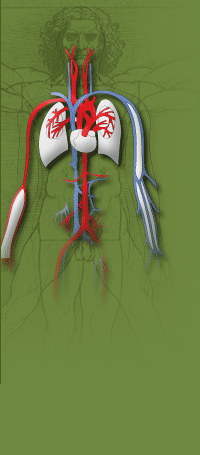|
Hemodialysis requires that large quantities of blood be removed from the body to be cleansed and then returned to the patient. Since human beings were not designed for this, surgeons are asked to create the means for this to happen. Current solutions include large catheters (tubes) inserted into the large veins near the heart via punctures in the neck, chest or upper leg, fistulas in the arm (dilated veins attached to arteries) or grafts (artificial veins made of teflon that link an artery and a vein). No method is appropriate for every patient.
Michigan Vascular Access uses the National Kidney Foundation's Dialysis Outcomes Quality Initiative (NKF-DOQI) guidelines in our recommendations to patients. The National Kidney Foundation's Dialysis Outcomes Quality Initiative (NKF-DOQI) was a coordinated effort to evaluate all the existing research and expert opinions available on vascular access for dialysis (the report was published in 1997). Out of that research, 38 main guidelines for the provision of dialysis access were proposed. These guidelines define the approach to dialysis access today (link). Of all the recommendations and conclusions, three main recommendations surfaced:
An informed review of each patient's access history is coupled with a focused physical examination and ultrasound evaluation. Options are discussed, and an approach (which may or may not include surgery) is recommended. In those patients whose complicated medical history or previous surgery makes additional studies necessary, every attempt is made to get those studies done and move on to the solution of the problem as soon as possible. "The Center for Medicare Services (CMS) tracks the performance of every surgeon doing vascular access for dialysis, and compares this performance against goals for creation of fistulas. In the latest report, Dr. Webb's rate of fistula creation exceeded the current benchmark for 2006 (50%) and even exceeded the goal for 2009 (70%)". We believe that our practice is among the most advanced and progressive in the country. |
 |
||||||||||||
|
|
||||||||||||
|
||||||||||||

